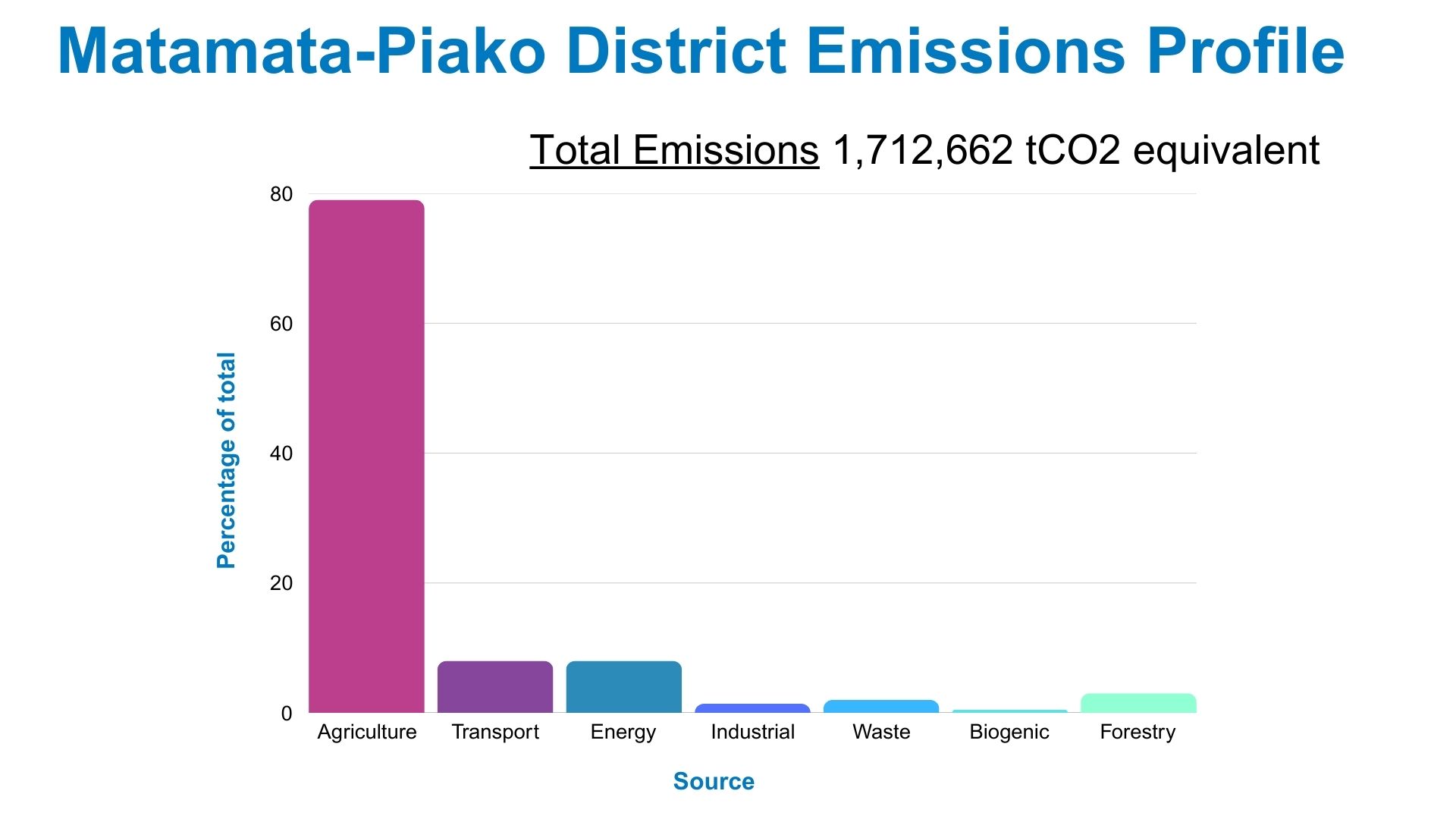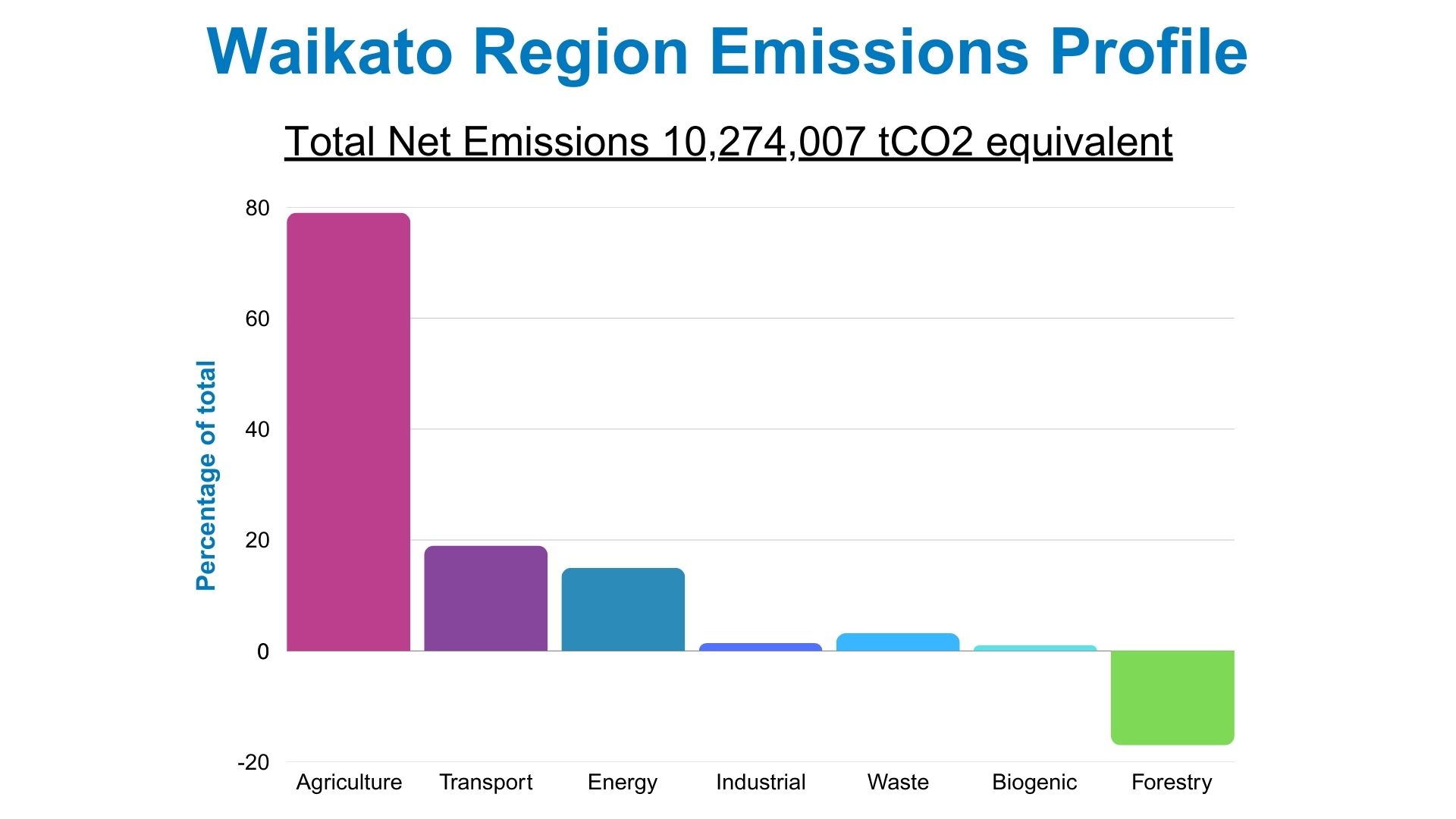Responding to climate impacts
There is a role for all parts of our society to play in responding to climate impacts – from central and local government to communities and individuals.
What can we do to respond?
There are two main ways we can respond to climate impacts.
- We can respond to the effects of climate change – and work to build our resilience
- We can respond to the causes of climate change – and work to reduce our emissions
Both of these pathways help us protect the things we care most about for the future.
Council’s obligations under legislation
As a Council, under legislation we have a responsibility to work with our communities to plan well for the future and ensure the wellbeing of people in our district now and for future generations, including avoiding people and property being put at risk, and being prepared for natural disasters.
Building resilience
Council’s climate change rivermap shows how Council is currently working to increase the resilience of its services.
Our next step is to develop a Climate Resilience Strategy with input from the community.
Reducing emissions
Council has recently completed a Carbon Emissions Inventory for our organisation. We have a typical emissions profile for a district council, with biogenic emissions from our wastewater treatment plants as our most significant emissions source, followed by electricity use, diesel and petrol for transport, and natural gas (used to heat Morrinsville pool).
This graph shows Matamata-Piako District Council carbon emissions FY 2024. Total Emissions: 2,803.8 tCO2 equivalent (tCO2: tonnes of carbon dioxide).
Understanding our emissions enables us to identify where emission reductions could be most easily and effectively achieved, especially where those reductions also make sense from an energy efficiency, cost reduction and/ or energy security perspective.
While the emissions inventory reports exclusively on the emissions from within our organisation, it is also worth noting that Council has a number of initiatives that are having a positive impact on district emissions: for example Council’s support for community native planting projects, composting workshops and other sustainability community-led actions, and Council’s kerbside refuse collection which is enabling separation of household food scraps from general waste.
District and regional emissions
The two graphs below show the emissions profile for Matamata-Piako district (left/top) and the Waikato region.



